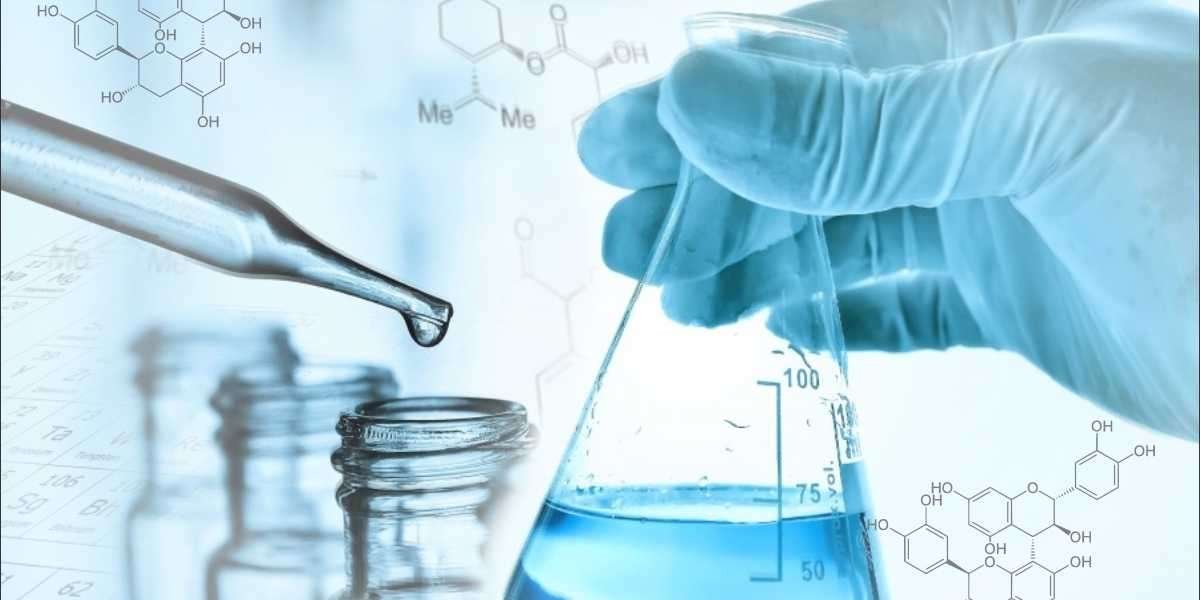The Origins of Impurities
Impurities in pharmaceuticals can arise from various sources during the manufacturing process. These include:
1. Raw Materials: Impurities can be introduced through the raw materials used in drug production. Even slight contamination in these materials can carry through to the final product.
2. Manufacturing Processes: During synthesis, chemical reactions can produce unintended byproducts. Additionally, impurities can be introduced through equipment, solvents, and even from the environment.
3. Storage Conditions: Improper storage conditions, such as exposure to light, heat, or humidity, can degrade the drug, leading to the formation of impurities.
4. Degradation Products: Over time, pharmaceuticals can break down, resulting in degradation products that may be harmful.
Health Risks of Impurities
The presence of impurities can have several adverse effects on patient health:
1. Toxicity: Some impurities can be toxic, causing immediate or long-term health issues. For example, certain heavy metals, if present as impurities, can lead to serious health complications.
2. Reduced Efficacy: Impurities can interfere with the active ingredient in a drug, reducing its effectiveness. This can result in suboptimal treatment outcomes and prolonged illness.
3. Allergic Reactions: Impurities can trigger allergic reactions in some patients, ranging from mild skin irritations to severe anaphylactic reactions.
4. Unknown Side Effects: Impurities that have not been thoroughly studied can introduce unknown risks, making it challenging to predict and manage potential side effects.
Regulatory Standards and Quality Control
To mitigate the risks associated with impurities, regulatory bodies such as the FDA and EMA have established stringent guidelines. These include:
1. Good Manufacturing Practices (GMP ): GMP guidelines ensure that products are consistently produced and controlled according to quality standards. This includes thorough testing of raw materials, stringent process controls, and regular equipment maintenance.
2. Analytical Testing: Advanced analytical techniques, such as chromatography and mass spectrometry, are employed to detect and quantify impurities. These methods help ensure that impurities remain within acceptable limits.
3. Stability Testing: Stability testing under various environmental conditions helps predict the shelf life of a drug and identify potential degradation products.
4. Risk Management: A comprehensive risk management approach, including hazard identification and risk assessment, is crucial for proactively addressing impurity-related issues.
The Future of Impurity Management
Advances in technology and science are continuously improving our ability to detect and manage impurities. Innovations such as:
1. Nanotechnology: Nano-based sensors can detect impurities at extremely low levels, enhancing the accuracy of quality control measures.
2. AI and Machine Learning: These technologies can predict potential impurity formation during drug development, allowing for preemptive adjustments in the manufacturing process.
3. Green Chemistry: Sustainable and environmentally friendly chemical processes can reduce the formation of impurities, contributing to safer pharmaceuticals.
Conclusion
The presence of impurities in pharmaceuticals is a critical issue that affects both the safety and efficacy of drugs. Through stringent regulatory standards, advanced analytical techniques, and continuous innovation, the pharmaceutical industry strives to minimize these risks. As consumers, understanding the importance of drug purity helps us make informed choices and advocate for higher standards in healthcare.
Rudra8866
4 Blog Paylaşım



